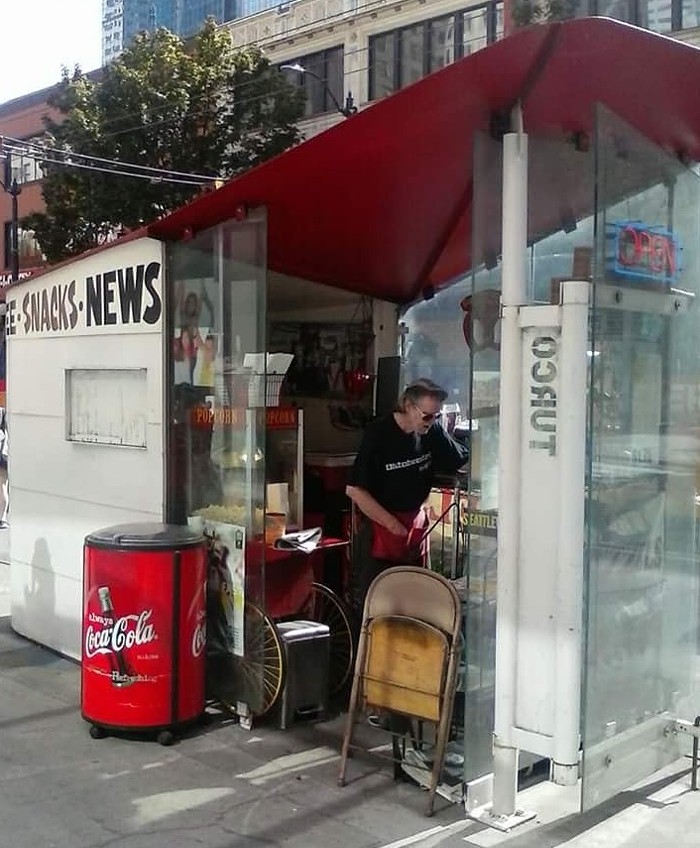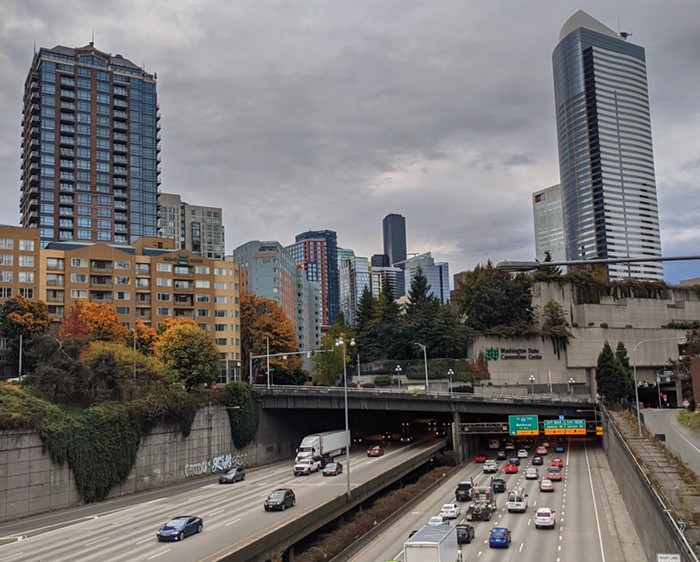
Ah, October, the season when a crisp cold comes to the air, leaves crinkle underfoot, and homosexuals are the only ones still getting iced coffee. As of this year, it is also the season of scooters, with fleets of cute mini-mobility devices finally landing on our streets. Lime launched 500 scooters last month, just as smoke blanketed the city and it became unsafe to walk or bike; and this month, they may be joined by a thousand more devices provided by Wheels and Link.
Will that be enough? No, it will not, not even close. Close to a million people live in Seattle, but this isn’t purely a matter of an insufficient supply of rides. The city is also lacking in crucial infrastructure, and even more lacking in political willpower to address transportation justice and climate change with anything beyond strongly-written press releases.
But let's not let that stop us!
For the time being, Seattle is artificially limiting the supply of scooters to a maximum of 6,000 across three providers. (Cars, on the other hand, are not capped; as of 2018, there were 457,000 of them in the city.) That might be enough to supply some of the dense urban cores, but good luck finding one close by if you’re out in White Center or Northgate.
“If somebody can’t find a scooter within 200 meters, usage drops off precipitously,” says Jonathan Hopkins, Lime’s Director of Strategic Development for the Northwest and Canada. “You can’t serve the whole city with 500 scooters.” (Currently Spokane has more scooters than we do.)
But it’s at least a start. Lime’s launch coincided with wildfire smoke and then several days of rain; but still their scooters averaged about three trips per day—that’s around the sweet spot for usage, Hopkins says, while acknowledging that some parts of the city still aren't being served.
That could improve later this month when Link and Wheels are expected to launch. Link’s stand-up scooters are cute and sturdy; Wheels' vehicles look more like a pedal-free bike. They also come with a built-in reusable helmet that riders are expected to use, to which I say HAHAHAHAHA sure Jan.
Isn’t the onset of cold, rainy weather the worst possible time for these things to deploy? I guess it’s not optimal, but I’d much rather take a scooter on an errand in the rain than trudge to the grocery store on foot.
Aren’t Seattle hills too steep for scooters? I dunno, I took one up Denny from The Reef to Cal Anderson just fine. (Sidenote, now is a lovely time to get stoned and enjoy the cool weather in a park.)
Don’t these things take up too much space and get in everyone’s way? Oh, brother, wait til you find out what cars do.
For now, Lime is working on getting as many people comfortable on scooters as possible, even holding classes for prospective riders. At one recent class on Lake Washington Boulevard, about a third of the participants were of retirement age, Hopkins said. A large group on a calm street worked out fine, he added, but Seattle’s streets can make it difficult for diverse riders—particularly the very young and the elderly—to feel comfortable.
“Does Seattle exist for 20 and 30-year-olds or everybody?” Hopkins asks. Scooters are banned from city sidewalks, for now; but with too many high-speed and pothole-filled roads around town, often sidewalks are the only safe, comfortable places to ride.
“It wouldn’t be a problem if we had the right infrastructure,” Hopkins says. Instead, "we have suboptimal regulations to balance the needs of people walking, biking, scooting, driving, and taking transit.”
For example, on my latest ride, Google Maps directed me to a street paved with brick—not exactly usable for a scooter. It was easy enough for me to find a detour one street over. But the sidewalk is RIGHT THERE.

Lime is working with Seattle Neighborhood Greenways to push for a more balanced approach to roadways, allowing Lime users to donate to SNG through the app. But anyone familiar with Seattle planning knows that it can take years for minor road upgrades to happen if they ever come at all. So even though the city is allowing the scooter pilot program to move ahead, we're also sabotaging it at the same time by sticking to old-timey car-focused roads.
Scooters are an interim solution to weaning our currently smoke-choked city off of private cars. Seattle existed before the private automobile, and with any luck, we will survive after them.



















